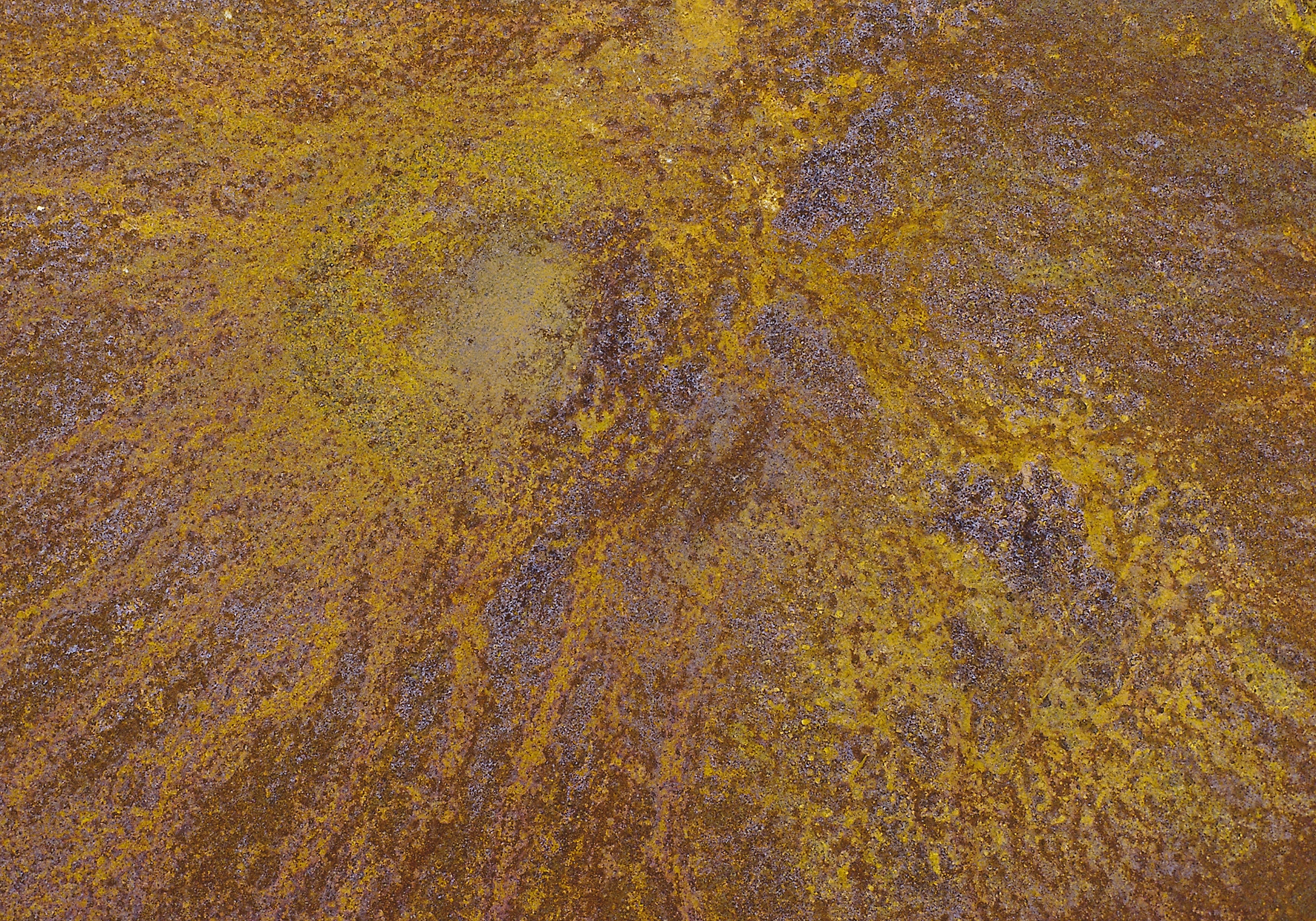That corrosion literally means »eat away, decompose, gnaw away at« a material is known not only for the rusting of iron. In many other areas it is also problematic if a material reacts with, for example, oxygen and nitrogen oxides in its surroundings and its properties are subsequently impaired. A new project at the Fraunhofer IMWS is now looking for solutions to protect materials for electrical contacts from corrosion by optimizing their surfaces.
In many areas there are no or only very inadequate solutions to anti-corrosion protection. The problem of corrosion is also exacerbated still further: On the one hand, electronic components and assemblies are becoming increasingly smaller and at the same time more complex – thee surface in relation to volume thus increases, which means more points for corrosion to attack. On the other hand, electrical components are exposed to ever more extreme environments such as in offshore wind turbines or in the engine compartment of cars. There they frequently meet with conditions that accelerate corrosion.
The consequences of corrosion can be far-reaching: For example, in electrical engineering, electronics and the chemical industry, many electronic control and communication systems are used, whose reliability is impaired by electrochemical corrosion. If they do not function properly, production can come to a standstill or safety systems can fail. More reliability is what the »Corrosion inhibition through selective bonding and surface-initiated polymerization of selected organic compounds« project of the Fraunhofer IMWS and SYNTHON Chemicals GmbH & Co. KG is intended to enable: The project partners want to prevent the corrosion of contact materials by modifying and thus optimizing their surfaces chemically.
Metal contacts that, for example, conduct the current in control systems, are to be permanently and completely protected from electrochemical corrosion. To this end, molecules are placed on the surface and are bonded to be metal through permanent chemical bonds, to block further reactions of the material with the surroundings. One particular focus is on copper, nickel and their alloys, especially brass, bronze and nickel alloys, because these are used frequently as contact materials, for example, in power and automotive electronics.
In the project, which runs until November 30, 2018, the researchers want to find out which substances are particularly suitable as corrosion blockers. The requirements profile: The substances should bond very strongly on the metal, largely inhibit reaction of the metal with its environment and at the same time should remain as stable as possible. In addition, the substance layer must have sufficient electrical conductivity for the electrical contacts to continue to function. High temperature stability, oxidation stability and environmental compatibility are also important.
The initial task is to clarify the corrosion mechanisms and the individual subreactions that take place, and to develop new rapid methods for assessing the effect of a large number of potential corrosion blockers quickly and precisely. From the comparison of the many tests, a »photofit picture« is to be created: a molecular model of the chemical structures, which provide the most potential for the inhibition of corrosion. After that, new substances must be produced that have these structures, or known substances must be modified so that they correspond to the “photofit picture” as well as possible. The best candidates will then be further refined. The targeted production of new substances for corrosion inhibition is being driven forward by Synthon Chemicals in close cooperation with the Fraunhofer IMWS.
The researches around Dipl.-Ing. Sandy Klengel and Dr. Uwe Spohn will use different measurement techniques to assess the effectiveness and to clarify the mechanisms that act in the curbing and prevention of corrosion, and with high-resolution equipment will be able to examine even the micro and nanomorphology of the contact surfaces. In this way, detailed statements of the chemical composition of the surfaces should be made possible, until it become clear, which composition and layer structure provides the best corrosion protection. The methods developed in the project will thus also make it possible to test the effectiveness of subsequently developed corrosion inhibitors quickly and cost effectively. Before that can happen, extensive and prolonged weathering and pollutant gas are necessary.

